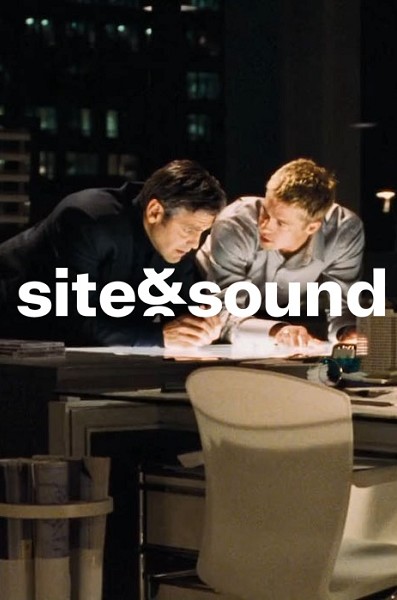
This edition of Site&Sound will explore the subterfuge and suspense that is embodied in burglaries and heists . Film and robberies are united by the way that they deal with time and architecture – every second counts and every space matters. Whether scenes are set in a vault, basement or escape routes through the city, buildings extend beyond a mere backdrop; they become a puzzle to be solved or an obstacle to overcome. They are symbols of authority that need to be meticulously mapped out so that they can be subverted, often casting the burglar as the hero.
Plans and blueprints transcend the usual confines of construction as spatial awareness is now a tool for plot and narrative. Tension is created as spaces are navigated, considering surveillance and an expectation of what’s around the next corner. Architecture can be used to shape the rhythm of a story and dictate how the action (or lack thereof) unfolds.
Heist films often reveal bigger ideas: the desire to outwit the system, the fantasy of slipping past security or the thrill of collective risk. As spectators, we're invited to become accomplices, as we hold our breath during the silent drill, feel the weight of a steel door and imagine the experience of slipping through the cracks.
The art of transgression and the beauty of precision are key tenets in heists, with anxiety woven into the fabric of structures. Filmmakers and audiences are united through the power of cinema to steal scenes, one room at a time
Speakers include:
Daniel Hewitt
Lucy Pickford
Geoff Manaugh
Site&Sound is very grateful for the graphic support from TM (TsevdosMcNeil) who have provided the branding and identity.